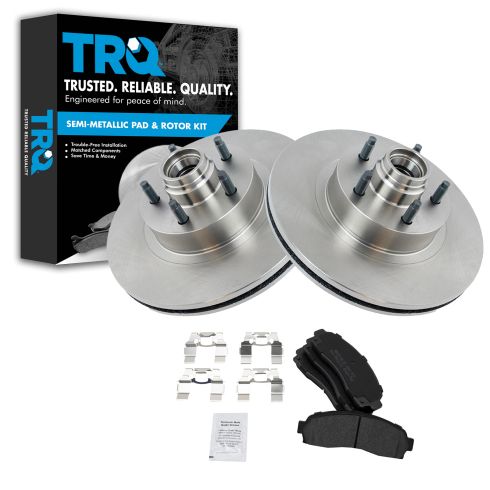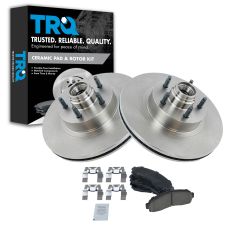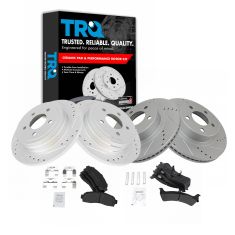1ABFS00417-Ford Front Semi-Metallic Brake Pad & Rotor Kit TRQ BKA10655

Replaces
2003 Ford Explorer Sport Rear Wheel Drive Front Semi-Metallic Brake Pad & Rotor Kit TRQ BKA10655

Product Reviews
Loading reviews
5.00/ 5.0
1
1review
September 5, 2021
Sper buena
Customer Q&A
No questions have been asked about this item.
Ford is a registered trademark of Ford Motor Company. 1A Auto is not affiliated with or sponsored by Ford or Ford Motor Company.
See all trademarks.












